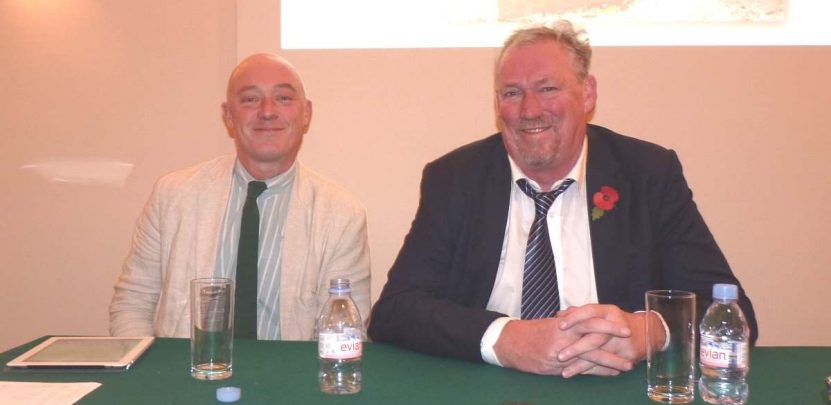
Kenji Shigeoka: Umi no Otoko, 1987, In situ, Ito City
TalkTuesday 29 October 2013
6:00pm – 7:00pm
Who Was William Adams?
Drinks reception: 7:00pm – 8:00pm
Daiwa Foundation Japan House, 13/14 Cornwall Terrace, Outer Circle, London NW1 4QP
Organised by The Daiwa Anglo-Japanese Foundation
Fascinated by the story of William Adams or Anjin (his Japanese name) since his days as a research student in Japan, Professor Richard Irving of Kwansei Gakuin University is currently researching the life of Adams, the first officially-recognised western samurai, for a book and has material which will shed new light on the life of Anjin. Professor Irving gave a talk at the Daiwa Foundation on this fascinating historical figure, who was a pioneer of UK-Japan relations. He told the story of Adams and Nihonbashi and its ‘role’ in the building of Edo Castle, also touching upon the Adams monument in Nihonbashi and the naming of Anjin-cho in Tokyo. Professor Timon Screech of SOAS, University of London, who is co-organiser of this year’s Japan 400 celebration of 400 years of UK-Japan relations, acted as chair for this timely event which explores the shared history of the UK and Japan.
Professor Irving explained how from humble beginnings in Gillingham, Kent, Adams became a master mariner at the age of 24. His first command was a supply ship, essential for the re-provisioning of the English fleet during the running fight along the Channel with the Spanish Armada. In 1598 he was appointed chief-pilot on the ill-fated Dutch voyage to the East Indies. Twenty survivors finally reached land in Kyushu, southern Japan in 1600. Initially threatened with execution by Portuguese Jesuit priests, Adams was imprisoned at Osaka Castle on the orders of Tokugawa Ieyasu, the daimyo of Edo and future shogun. Upon their meeting, Adams impressed Tokugawa Ieyasu with his knowledge of navigation and mathematics. He went on to advise on Japan’s relations with Western powers; thus informing the foreign policy of the Shogunate. This talk will introduce more about Anjin’s life, his historical significance and contemporary relevance.
About the contributors

Professor Richard Irving
Professor Richard Irving is Professor at the School of Policy Studies at Kwansei Gakuin University in Hyogo Prefecture. He has been the recipient of various scholarships to study and conduct research in Japan. He obtained his doctorate from Sheffield University and his thesis was on the subject of rural depopulation. He has worked with museums in West Yorkshire, England, devising ways to make local history more accessible to the public. At the University of Hong Kong, he set up cross-departmental courses for Japanese Studies. He has been at Kwansei Gakuin the since 1995 and his current research topics include understanding the way various historical events have contributed to shaping the landscape we see today, and how landscapes in Japan have evolved a unique Japanese spirit.

Professor Timon Screech
Professor Timon Screech is Professor of the History of Art and Head of the School of Arts at the School of Oriental and African Studies (SOAS), University of London. He received his BA from the University of Oxford and after completing his PhD in Art History at Harvard, joined SOAS in 1991, where he was elected to a Chair in 2006. Concurrently, he is Permanent Visiting Professor at Tama Art University, Tokyo. He has published some dozen books on Edo visual culture, including The Lens Within the Heart: The Western Scientific Gaze and Popular Imagery in Later Edo (University of Hawaii Press, 2002), and Obtaining Images: Art, Production and Display in Edo Japan (University of Hawaii Press, 2012). Screech is currently working on the history of a ship of the English East India Company which left for Japan in 1615, and will be entitled The Cargo of the “New Year’s Gift”.